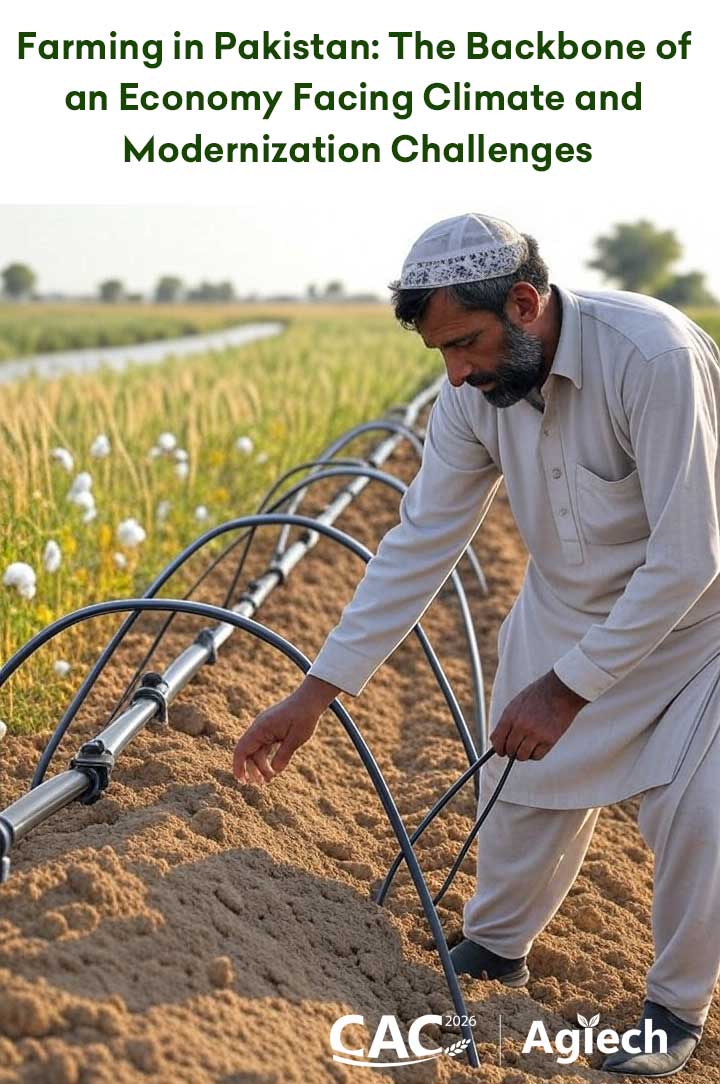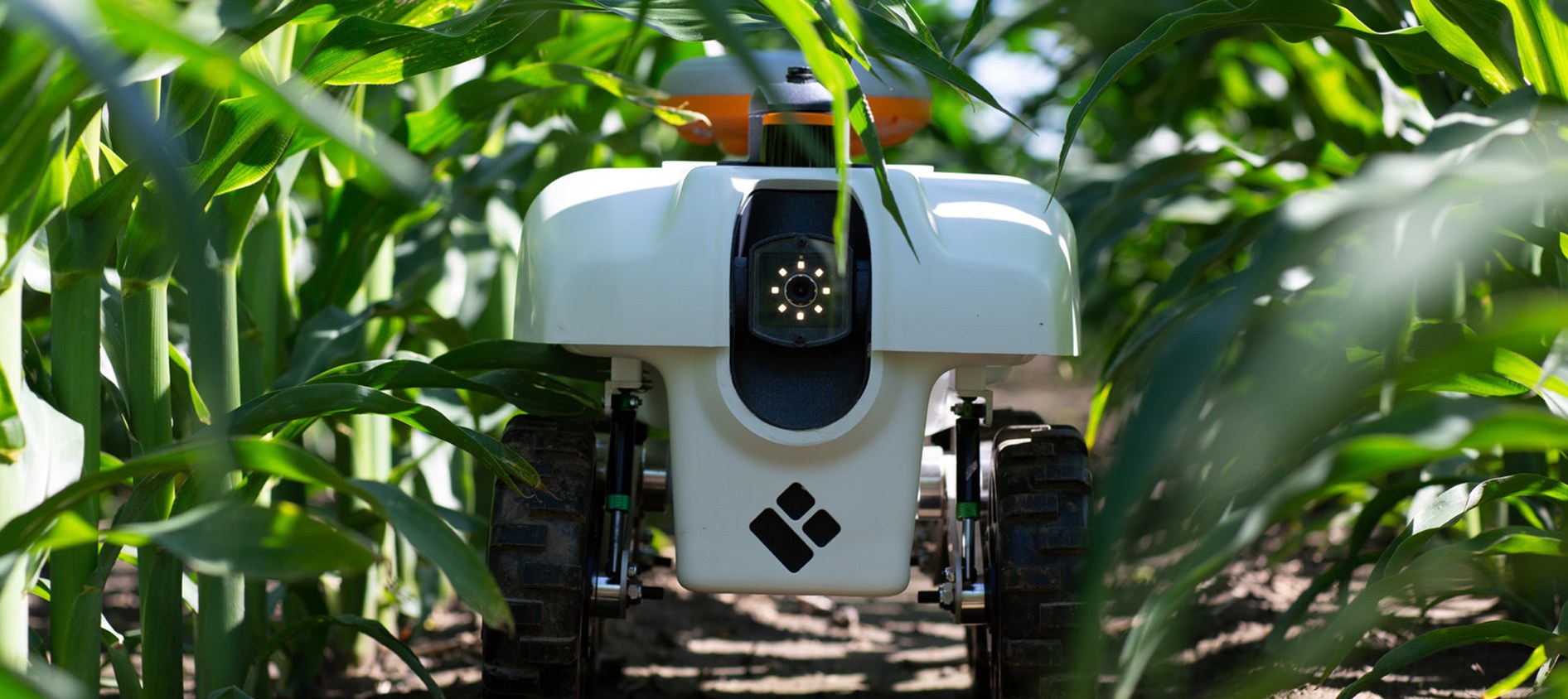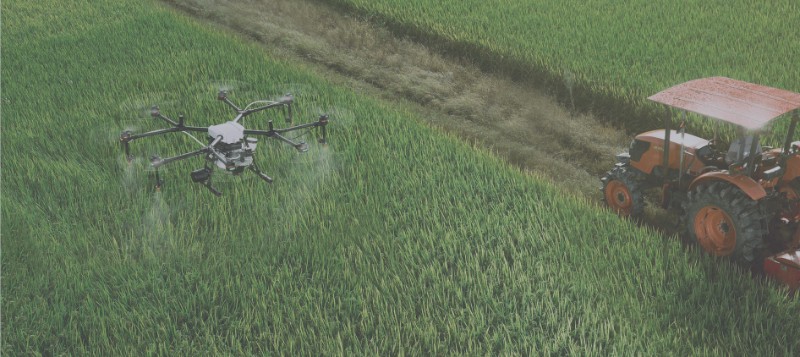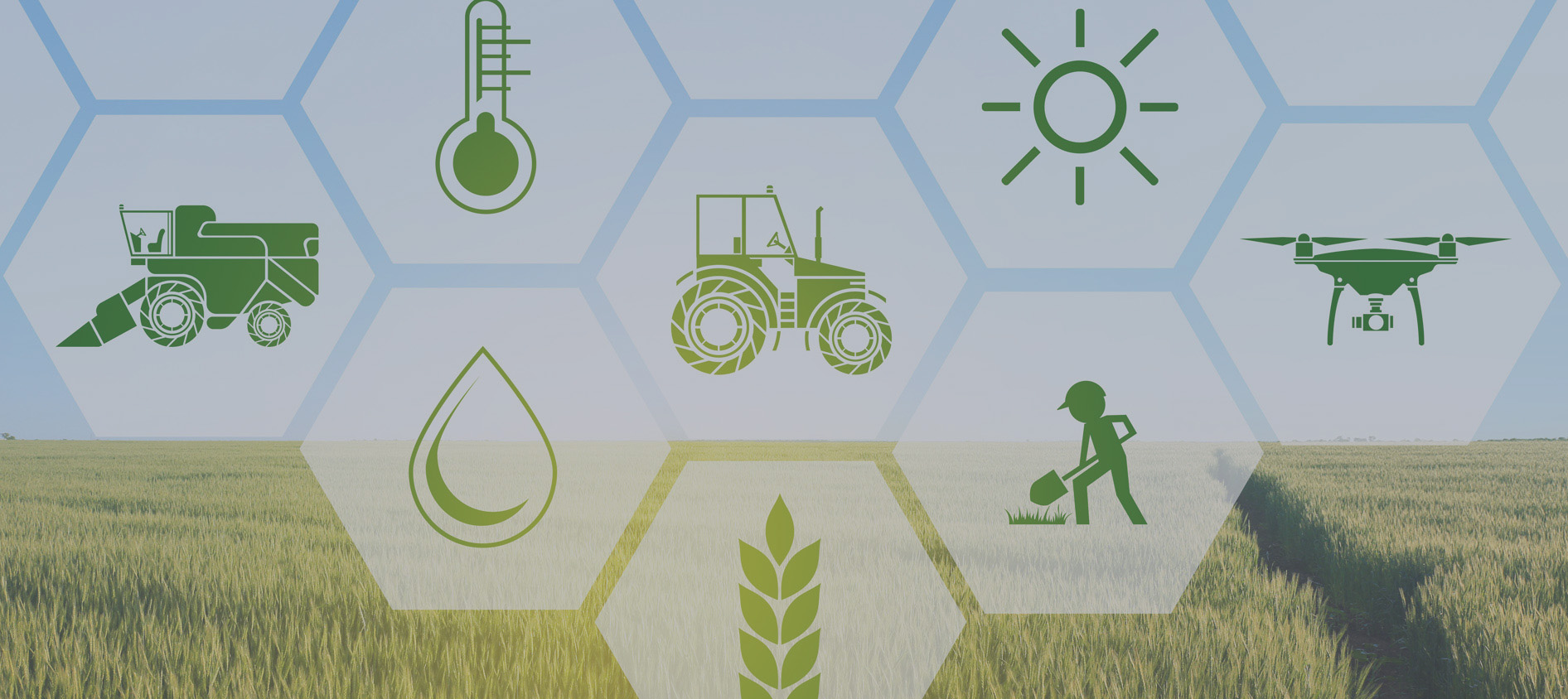Farming in Pakistan: The Backbone of an Economy Facing Climate and Modernization Challenges

Pakistan's vast alluvial plains, fed by the Indus River system, have long been the cradle of one of the world's oldest agricultural civilizations. Today, farming remains the lifeblood of the nation's economy, employing nearly 40% of the workforce and contributing approximately 19-20% to the gross domestic product (GDP). With a population exceeding 255 million, agriculture isn't just a sector—it's a lifeline for food security, rural livelihoods, and export earnings. Yet, as the country grapples with climate extremes, water scarcity, and technological lags, the future of Pakistani farming hinges on bold reforms and innovation. This article explores the current landscape, key challenges, government responses, and pathways forward.
The Current State: A Sector of Scale and Stagnation
Agriculture in Pakistan spans about 22 million hectares of arable land, making it one of the largest irrigated systems globally, thanks to the Indus Basin Irrigation System. The sector's output is diverse, blending staple food production with cash crops that fuel industries like textiles and sugar. In fiscal year 2023-24, agriculture grew by 6.25%, driven by an 11.03% surge in crop production. However, FY 2024-25 painted a gloomier picture, with growth dipping to just 0.56% amid floods and input cost hikes.
Livestock adds another layer, accounting for over 60% of agricultural GDP and supporting 8 million rural households through milk, meat, and hides. Pakistan ranks as the world's fourth-largest milk producer, with buffalo and cattle herds numbering nearly 200 million animals combined. Despite this, productivity remains low—yields per acre lag behind regional averages due to outdated practices and limited access to quality inputs.
Major Crops: Staples and Cash Earners
Pakistan's farming revolves around five major crops—wheat, rice, cotton, sugarcane, and maize—which occupy about 45% of cultivated land and contribute 25% to GDP. Here's a snapshot of their production in recent years (data from Pakistan Bureau of Statistics and USDA estimates for MY 2024/25):
Sources: PBS Agriculture Statistics , USDA Crop Explorer , Economic Survey 2024-25 .
Wheat, the "king of grains," ensures self-sufficiency but saw a 13.5% contraction in major crops overall in 2024-25 due to erratic weather. Rice exports hit record highs in 2023, but cotton—once Pakistan's "white gold"—has declined 35% in output from climate impacts. Fruits and vegetables, though minor (5% of cultivated land), hold export potential, with mangoes alone generating $40 million annually.
Challenges: A Perfect Storm of Climate and Economics
Pakistan's farmers, over 90% of whom are smallholders with less than 12.5 acres, face a barrage of hurdles that threaten sustainability. Ranked among the top 10 most climate-vulnerable nations, the country endured devastating 2022 floods that inundated 4 million hectares and caused $39 billion in damages—effects lingering into 2025 with renewed monsoons killing over 800 and destroying crops. The 2025 Climate Risk Index again placed Pakistan at the top for vulnerability.
Water woes compound this: Despite the world's largest contiguous irrigation network, canal losses hit 38% in early 2025 from seepage and theft, exacerbating shortages in Sindh and Balochistan. Unequal distribution and over-reliance on flood irrigation waste 50% of water, while glacier melt from rising temperatures threatens long-term supplies.
Economic pressures are equally dire. Fertilizer prices surged 18% in 2025, despite global declines, due to import dependencies and rupee depreciation. Diesel hikes for tractors and poor post-harvest infrastructure lead to 20-40% losses in fruits and vegetables. Soil degradation from overuse of urea and DAP has imbalanced micronutrients, while low-quality seeds stifle yields. Women, who handle 60-70% of post-harvest work, remain sidelined from credit and training.
These issues contributed to a mere 0.6% sectoral growth in 2025, far below the 2% target, dragging overall GDP.
Government Initiatives: Subsidies, Tech, and Resilience
The Pakistan Budget 2025-26 allocates Rs. 60-70 billion to agriculture, prioritizing subsidies and modernization. Key measures include:
- Subsidies and Credit: Increased funding for wheat (Rs. 9,500 million) and fertilizers (Rs. 6 billion for urea), alongside expanding crop insurance to cover floods and droughts. The agricultural credit limit rose to Rs. 2,250 billion, though loan mark-up subsidies were cut, raising borrowing costs.
- Mechanization and Tech: Rs. 30 billion for solarizing 50,000 tubewells to cut energy costs, plus duty waivers on imported seeds, harvesters, and planters. Punjab's Smart Agri Initiative deploys drones and soil sensors to 10,000+ farmers.
- Climate and Export Focus: Rs. 22,000 million for adaptation, including resilient seeds and drip irrigation. A national plan with 28 initiatives targets $125 billion in exports by 2030 via IT, research, and legal reforms. The "Agri Stack" digital platform launches farmer IDs, satellite crop monitoring, and e-markets.
Provincial efforts, like Punjab's Rs. 400 billion transformation plan with interest-free loans and Kissan Cards, complement federal pushes.
The Road Ahead: Toward Sustainable Prosperity
The future of farming in Pakistan is at a crossroads. Projections warn of declining wheat and rice yields from climate shifts, but opportunities abound in agritech and diversification. Expanding fruits and vegetables to 15% of cultivated land could save water and boost exports, if cold chains are invested in. Precision tools like IoT and AI could lift productivity 20-30%, while regenerative practices restore soils.
To thrive, Pakistan must prioritize private-sector seed investment via Seed Act amendments, equitable water governance, and youth/women empowerment. With 4% annual growth needed to turn food importer into exporter, integrated policies—blending subsidies with market reforms—hold the key.
In the words of a Punjab farmer amid 2025 floods: "We've tilled these lands for generations; now we need tools to fight the skies." By harnessing innovation and resilience, Pakistan's agriculture can not only endure but flourish, feeding its people and fueling global trade.








